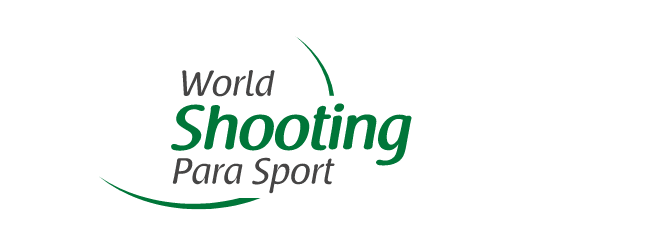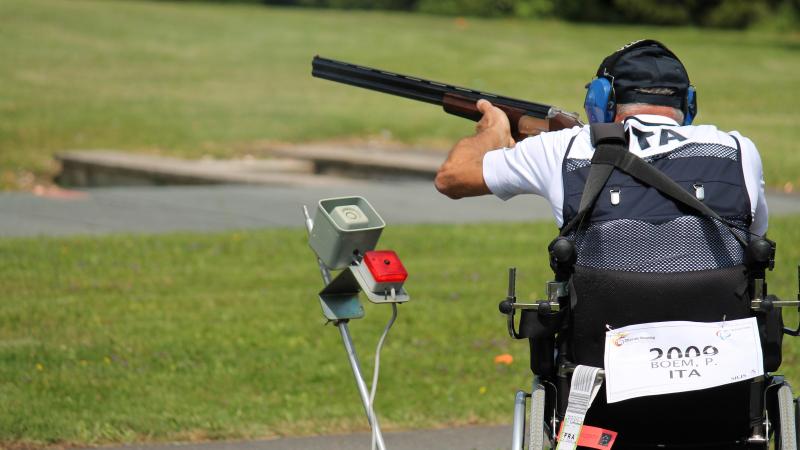CLASSIFICATION IN SHOOTING PARA SPORT
This is a brief overview of classification in the sport and is in no way legally binding. In all cases the sport-specific classification rules will take precedence. For further questions please contact info@worldshootingparasport.org.
WORLD SHOOTING PARA SPORT CLASSIFICATION RULES AND REGULATIONS
| Implemented from February 2019 |
|---|
| World Shooting Para Sport Classification Rules and Regulations |
| The rules reflect the wording of the IPC Model Rules and are a revised version of the previous IPC Shooting Classification Rules. |
| ATHLETE CLASSIFICATION FORMS |
|---|
| Medical Diagnostics Form for PI (Rifle, Pistol, Para Trap) athletes |
| Medical Diagnostics Form for VI (Vision Impaired) athletes |
| Athlete Epilepsy Declaration |
| Athlete Eligibility Agreement |
| ADDITIONAL FORMS |
|---|
| Medical Review Request Form |
| Classification Protest Form |
WHAT IS CLASSIFICATION?
In order to safeguard the integrity of fair competition, all Para sports have a system in place which aims to ensure that winning is determined by sporting factors such as skill, fitness, power, endurance, tactical ability and mental focus, the same factors that account for success in sport for able bodied athletes.
This system is called classification.
Through classification, it is determined which athletes are eligible to compete in a sport and how those athletes are then grouped together for competition, in order to minimise the impact of those athletes’ impairments on sport performance.
Classification is sport-specific because an impairment affects the ability to perform in different sports to a different extent. As a consequence, an athlete may meet the criteria to compete in one sport, but may not meet the criteria in another sport. Having an impairment is thus not sufficient for an athlete to compete in Para sport.
The groupings of athletes by the degree of activity limitation resulting from their impairments are called ‘Sport Classes’. This, to a certain extent, is similar to grouping athletes by age, gender or weight.
Classification across the Paralympic Movement is governed by the IPC Athlete Classification Code and Standards. More information about classification can be found here.
CLASSIFICATION IN SHOOTING PARA SPORT
The details of classification in shooting Para sport are set out in the World Shooting Para Sport Classification Rules and Regulations (link above).
Athletes must have one of the eligible impairments and meet the minimum impairment criteria for the sport set out in those rules in order to be eligible to compete.
ELIGIBLE IMPAIRMENTS FOR SHOOTING PARA SPORT
All athletes in shooting Para sport have one of the following impairments:
- Impaired muscle power
- Limb deficiency
- Hypertonia
- Ataxia
- Athetosis
- Impaired passive range of movement
- Leg length difference
- Vision impairment
SPORT CLASSES IN SHOOTING PARA SPORT
In shooting Para sport, there are seven different sport classes for athletes with either physical or vision impairments. The sport class profiles are set out in World Shooting Para Sport Classification Rules and Regulations.
Sport Class SH1 (Pistol):
This sport class is designated for athletes with upper and/or lower limb impairment for competition in Pistol events.
Sport Class SH1 (Rifle):
This sport class is designated to athletes with lower limb impairment for competition in Rifle events.
Sport Class SH2 (Rifle):
This sport class is for rifle events only, and is designated to athletes with upper limb impairment (which necessitates them to use a shooting stand to support the rifle), all or not in combination with lower limb impairment.
Sport Class SG-S (Trap):
Athletes with poor balance and/or trunk stability, competing from a wheelchair or seat in a standard seated position. Athletes have an impairment in the lower limb(s), but no functional limitation in the upper limbs.
Sport Class SG-L (Trap):
Athletes with good balance and trunk function, competing from a standing position. Athletes have an impairment in the lower limb(s), but no functional limitation in the upper limbs.
Sport Class SG-U (Trap):
Athletes with good balance and trunk function, competing from a standing position. Athletes have an impairment in the non-shooting arm.
Sport Class SH-VI (Rifle):
This sport class is allocated to athletes with a vision impairment for competition in 10m Rifle events.

 Facebook
Facebook
 Instagram
Instagram
 Twitter
Twitter
 Youtube
Youtube



